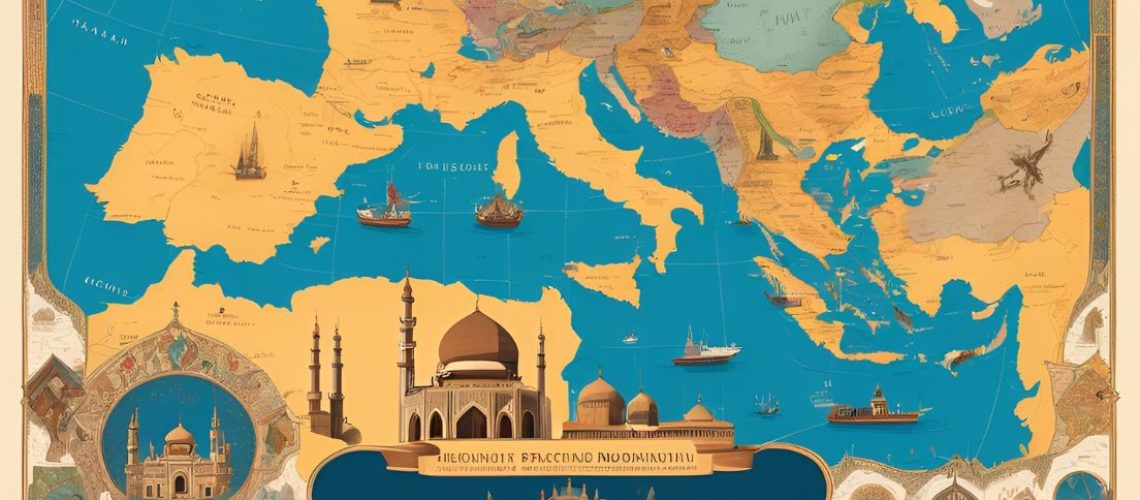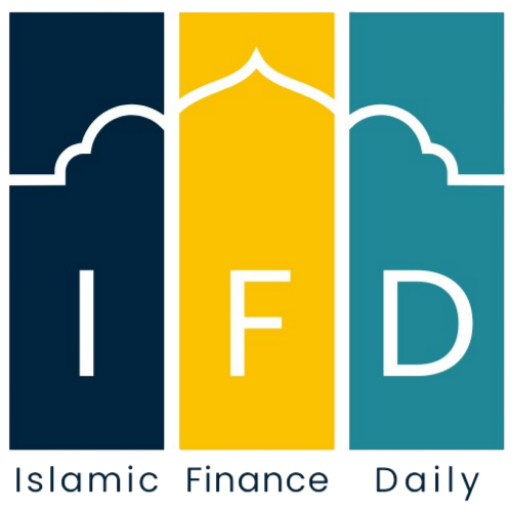Islamic finance has grown exponentially, becoming a global financial ecosystem valued at over $2.8 trillion. Despite shared Sharia-compliant principles, the regulatory frameworks governing Islamic finance vary significantly across countries. These differences arise from cultural, economic, and legal dynamics, resulting in diverse practices that impact the global industry.
Table of Contents
ToggleDiverse Legal Frameworks for Islamic Finance
The legal systems underpinning Islamic finance differ significantly between countries. These frameworks influence the integration of Sharia law with national regulatory systems.
- Civil Law Systems: Countries like Malaysia blend Sharia-compliant rules with civil laws. Malaysia’s Central Bank, through the Islamic Financial Services Act (IFSA) 2013, sets comprehensive guidelines for Islamic financial institutions, creating a highly organized regulatory structure.
- Common Law Systems: The United Kingdom allows Islamic finance to operate under a neutral regulatory framework, offering flexibility for financial institutions to meet both conventional and Sharia standards.
- Theocratic Legal Systems: In countries like Saudi Arabia, Islamic finance is deeply integrated into the legal system, with all financial operations mandated to follow Sharia.
Role of Centralized vs. Decentralized Regulation
The level of regulatory centralization differs across Islamic finance markets, shaping how financial institutions operate.
- Centralized Models:
- Malaysia: The Central Bank of Malaysia oversees a unified regulatory framework, with a National Sharia Advisory Council to ensure consistency.
- Example: Malaysia’s takaful (Islamic insurance) sector operates with standardized guidelines, boosting investor confidence.
- Decentralized Models:
- GCC Countries: In the Gulf Cooperation Council (GCC) region, each Islamic bank typically appoints its own Sharia board, resulting in variations in interpretations and practices.
- Example: Qatar and Kuwait have differing rulings on organized tawarruq, creating challenges for cross-border transactions.
Variations in Product Offerings and Compliance Standards
Islamic financial products, such as murabaha (cost-plus financing) and sukuk (Islamic bonds), vary based on regulatory preferences and interpretations.
- Murabaha Practices:
- In Pakistan, murabaha contracts are closely monitored for compliance with the State Bank of Pakistan’s Sharia guidelines.
- In the UAE, Islamic banks have greater flexibility in structuring murabaha contracts.
- Sukuk Regulations:
- Malaysia leads in sukuk issuance, with over 60% of global sukuk structured under its framework.
- Saudi Arabia focuses more on sukuk compliant with stricter Sharia interpretations.
Integration of Sharia Boards
The role and structure of Sharia supervisory boards vary across jurisdictions.
- Malaysia: A centralized Sharia Advisory Council ensures uniformity in Islamic finance practices.
- GCC: Individual banks have their own Sharia boards, which may lead to inconsistencies in rulings.
- Example: The United Arab Emirates has implemented efforts to centralize Sharia boards for improved consistency across the banking sector.
Challenges in Harmonizing Islamic Finance Regulations
Efforts to harmonize global Islamic finance regulations face challenges due to differing interpretations of Sharia and varying levels of market maturity.
- Interpretational Variance: Some countries accept organized tawarruq, while others deem it impermissible.
- Market Maturity: Countries like Indonesia, with a nascent Islamic finance sector, face challenges in aligning with advanced markets like Malaysia.
Real-Life Example: Success Stories and Lessons Learned
- Malaysia: By establishing a robust regulatory framework, Malaysia has attracted global Islamic finance investors and issuers, making it a leader in sukuk.
- UK: London has emerged as a hub for Islamic finance, thanks to its accommodative tax policies and regulatory neutrality.
- Saudi Arabia: A deeply rooted Sharia system has enabled Saudi Arabia to create a localized but restrictive Islamic banking sector.
Conclusion
The differences in Islamic finance regulation reflect the diversity and adaptability of the industry. While countries like Malaysia thrive on centralization, others like the GCC leverage localized interpretations. Understanding these differences is essential for stakeholders navigating the complexities of Sharia-compliant finance. Standardization efforts may help in global integration, but respecting regional specificities remains critical.



